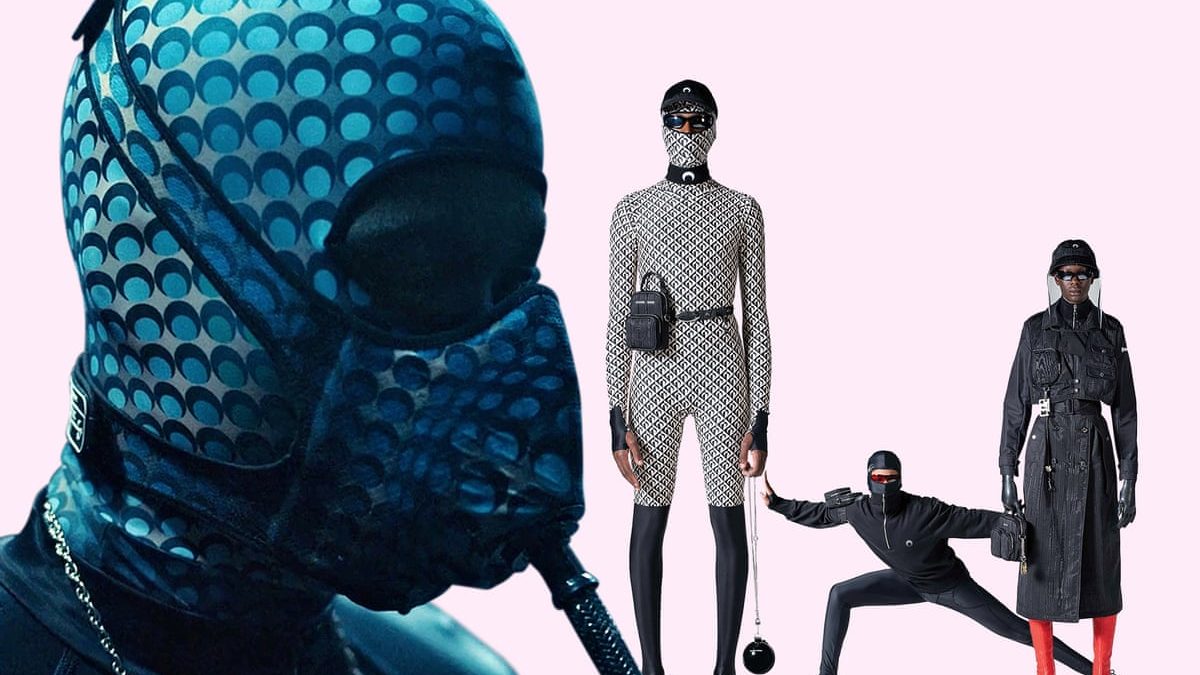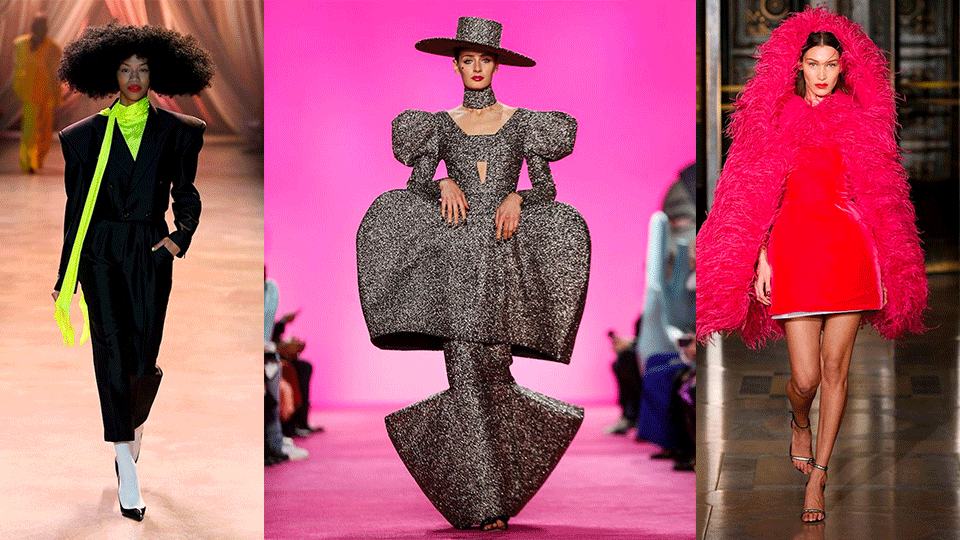- À New Wave to Fashion, À New Way of Living. Download Now on iOS Android Canada SS22
- hello@alahausse.ca
How the Pandemic is Shifting Sustainability in the Fashion Industry

Lush Gets a Makeover: Going Green
August 11, 2021
Basic and Not-so-Basic Fashion Rules Every Fashion Lover Should Know
August 11, 2021
Written by: Hana El-Sharabasy
The words non-essential have been thrown around more than ever this year, leading us to wonder how indispensable fashion is. Though fashion might just look like a way for us to blow off steam after a hard day at work, it’s a complicated industry that works on a global scale. As the pandemic caused every industry to come to a steep halt, it caused many to look within and see where we can improve. Each aspect of garment manufacturing took a hit due to closures, and some are better for it.
Unsustainable Growth
Consumer numbers were on a steady climb before the pandemic. With the shutdowns worldwide of all non-essential businesses, the unsustainable practises of the industry came to a stop, acting as an instant reset. The marathon that is the 52 micro seasons in the industry was finally gone. Many big names in the industry considered this as the perfect opportunity for an industry overhaul, to get the less sustainable aspects on board with a new, slow industry.
Design
Balmain’s designer Oliver Rousteing told Vogue “we are no longer in a time of being the trend of the season. I don’t want to be cool, cool’s over. Chic’s over. You’re cool for two months these days. It used to be two years. Who wants to be part of that” Designers are prioritizing being part of the future rather than the short-lived ‘now’. This includes the creation of fewer trend seasons, fewer collections and fewer runways in an effort to rid the industry of their timely trends.
Design and innovation is a new and possibly most influential aspect of change in the industry. The “Rewiring Fashion Manifesto” is powered by one of the most recognized organizations in the industry, The Business of Fashion. The manifesto emphasizes that the industry we know now is not around for the right reasons. It’s being powered by money-hungry billionaires instead of artists and doesn’t serve any benefits to designers, retailers or consumers. Their reasoning for this conclusion is that designers subscribe to an unrealistic fashion calendar that is out of touch with their consumers. Furthermore, they believe that fashion shows are outdated. Speaking specifically about high-end designers, they often get their product to the market in the wrong season, and debut their work too early, leaving ample time for fast fashion brands to knock off their designs. The current status of the industry stunts the growth of designers while creating the perfect platform for cheap companies to thrive. The manifesto has garnered lots of attention, thanks to the pandemic, grabbing the attention of designers Oscar de la Renta, Missoni and Rodarte.
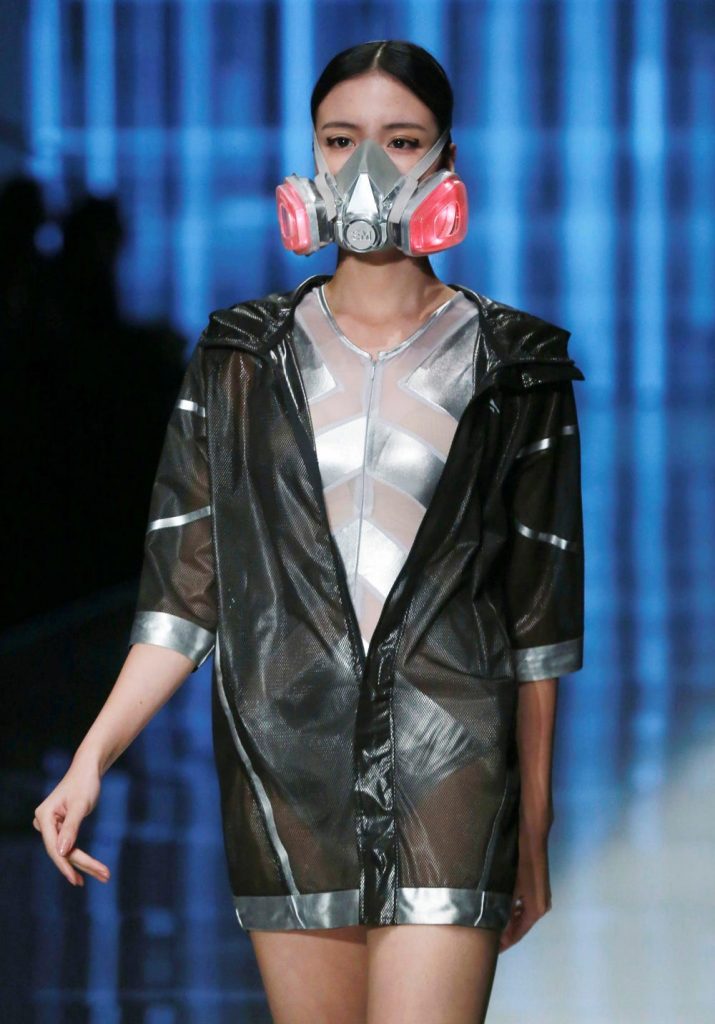

Manufacturing
The #payup movement arose with the mass purchasing crisis at the beginning of the pandemic. Previously placed orders (from retailers to manufacturers) were going unpurchased as the worldwide shutdown decreased consumer rates. Western companies, H&M, Urban Outfitters, Zara and Nike left overseas employees in a vulnerable position when they refused to pay the almost $15billion outstanding bill. As a result, many employees took the hit and were left unpaid, in the worst possible time. As western companies have created a labour industry in third-world countries, they have developed an economic dependency on our success. In the tough position that was the pandemic, with our closures, they took a hit too. Bumps in overseas production caused by the pandemic have led many companies to consider domestic manufacturing as an option.
Factories overseas looked for many solutions to alleviate the tension caused by lost revenue. They landed on curating mystery boxes (composed of unwanted stock) and selling directly to western consumers. Big companies took a hit as many people expressed how unethical it was to rely on consumers to pick up the tabs of the current humanitarian crisis when in reality selfish multimillionaires were at fault. It has also been said that this situation supports the ideal that “garment workers [are] weak and vulnerable while .. consumers [are] powerful”.
Consumption Trends
There is evidence that supports the theory that younger generations have more progressive consumption patterns, continually educating themselves on sustainability. With the seemingly endless disposable free time of the pandemic, many have taken to the internet to learn more about the impacts of the industry, and search for other shopping options. Additionally, countless campaigns have been released encouraging the public to support small local businesses in light of the economic hardship.
On the other side of the spectrum is the ever popular Gen-Z app, Tiktok. The app picked up right as the pandemic started, gaining a primarily younger audience. Fast fashion and Tiktok go hand in hand, as the nature of the app moves just as fast as the industry. The app has developed a niche that acts as ambassadors for overseas dropship brand Shein, mostly notable for their not so great ethics. To sum up the brand, you can find hundreds of thousands of products, all of which are trendy or even dupes of designer pieces. The brand is the epitome of fast fashion, their prices are the lowest, they have the most options, and they are quick to make a trend. Sources say that their shortest reported lead time (design to market time) is 3 days. Their incredibly low cost allows for influencers to make $500 purchases, all in an effort to maintain the instagram etiquette of never wearing the same outfit twice.
These two opposing sides tend to meet in the comment section of popular videos to debate their side. No matter which side they subscribe to, there is no doubt that creating open and welcoming discussions is a good thing.
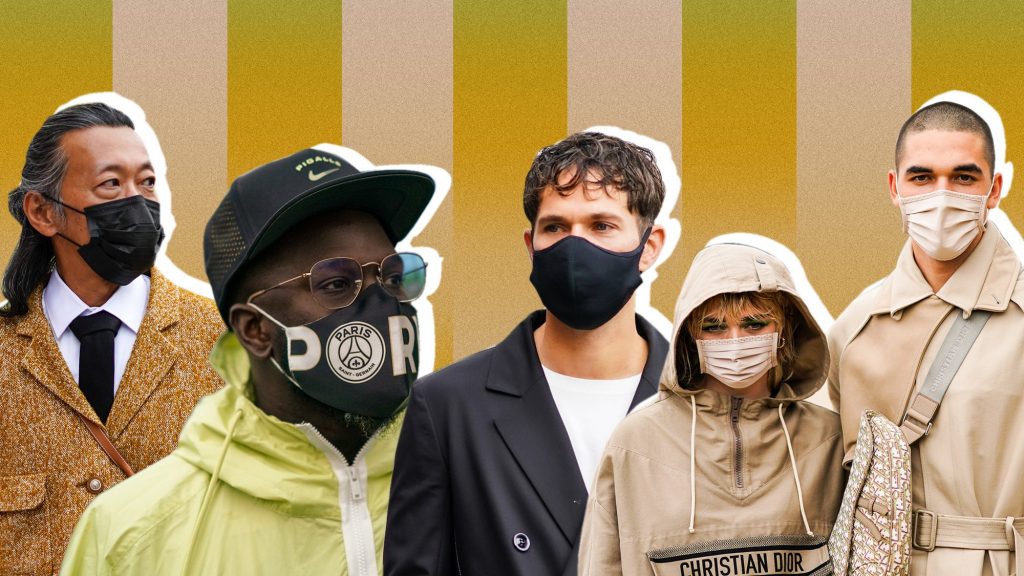
Quarantine of Consumption
The closures of in person retailers decreased consumption rates in the UK by 50% and in the States by 89% with these rates specifying in the early pandemic stage in April. While in theory this may be a good thing, this has caused a stock overflow that encourages retailers to heavily discount their items. Many believe that this will contribute heavily to the cycle of fast fashion and absolve any progress made by decreased shopping rates. At the same time, consumers were forced to stay at home with everything they already have, and spend their free time cleaning their closets or taking up upcycling hobbies.
End-of-Life
Second-hand Clothing Trade
With the overflow of unwanted clothes in western countries, many are sent overseas to third-world countries. Annually, The United States exports 700,000 tonnes of unwanted garments. As the pandemic has paused any global shipments, the secondhand retail industry in third-world countries has reported a decline in employment rates. Some communities have even gone as far as banning overseas shipments completely in efforts to curb the spread of the virus. This came as a perfect opportunity to bring support to local designers and renew their previously lacklustre fashion industry.
Lost Revenue
Post-Pandemic, second-hand retailers were estimated to have lost one-third of their typical profits. Although some of this can be credited to the consumption scarcity that came after the pandemic, the majority was due to the perceived safety hazard that was shopping second hand.
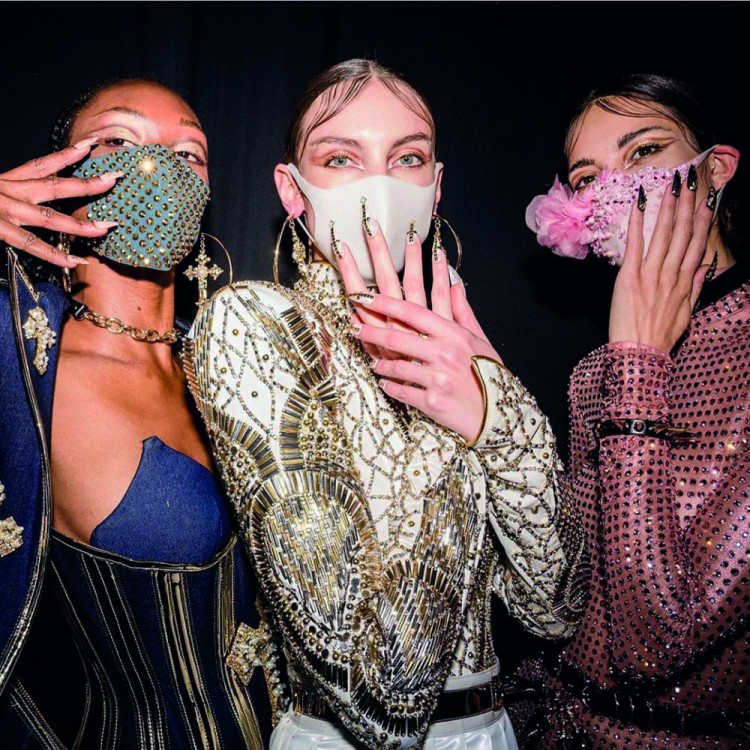
Donation Alternatives
The closures of secondhand retailers due to the pandemic have limited the options for people to disregard unwanted clothes. This is especially troubling, considering how frequently people would clear out their closets in their free time during the pandemic. Limited options led many to simply throw their clothes in the garbage as opposed to the preferred method of donating them.
Did COVID Support Sustainability in the Fashion Industry?
Maurie J Cohen has called COVID both “ a public health emergency and a real-time experiment in downsizing the economy”. Every step of the way from garment manufacturing to retail involved some sort of environmental impact. Prior to the pandemic, these impacts were overwhelmingly negative, but the pandemic has helped the industry consider new practices to downsize our footprint. In the short-term after effects, we can observe the many good things that resulted from the pandemic, but it’s hard to say how long they will last.
Via ÀLA.HAUSSE‘s Multi-functional and Multi-purposeful Fashion Ecosystem- BUY/SELL/RENT/LEND/ (swap BETA 2021) mobile application, INDIVIDUALS & brands (BETA 2021) are encouraged to REBUY, RESELL, REUSE and UP-CYCLE their personal “Closets” aka Clothing Assets, along with overstock inventory and samples. Through this consumerism habit shift we indirectly slow down the urgency on fashion’s carbon footprint, aiding sustainability as a whole.
BETA Early Access Application Now Opens SS21 iOS Android
with Stories on www.alahausse.ca
#ALAHAUSSE #WEARYOURPURPOSE #HAUSSEPEOPLE
